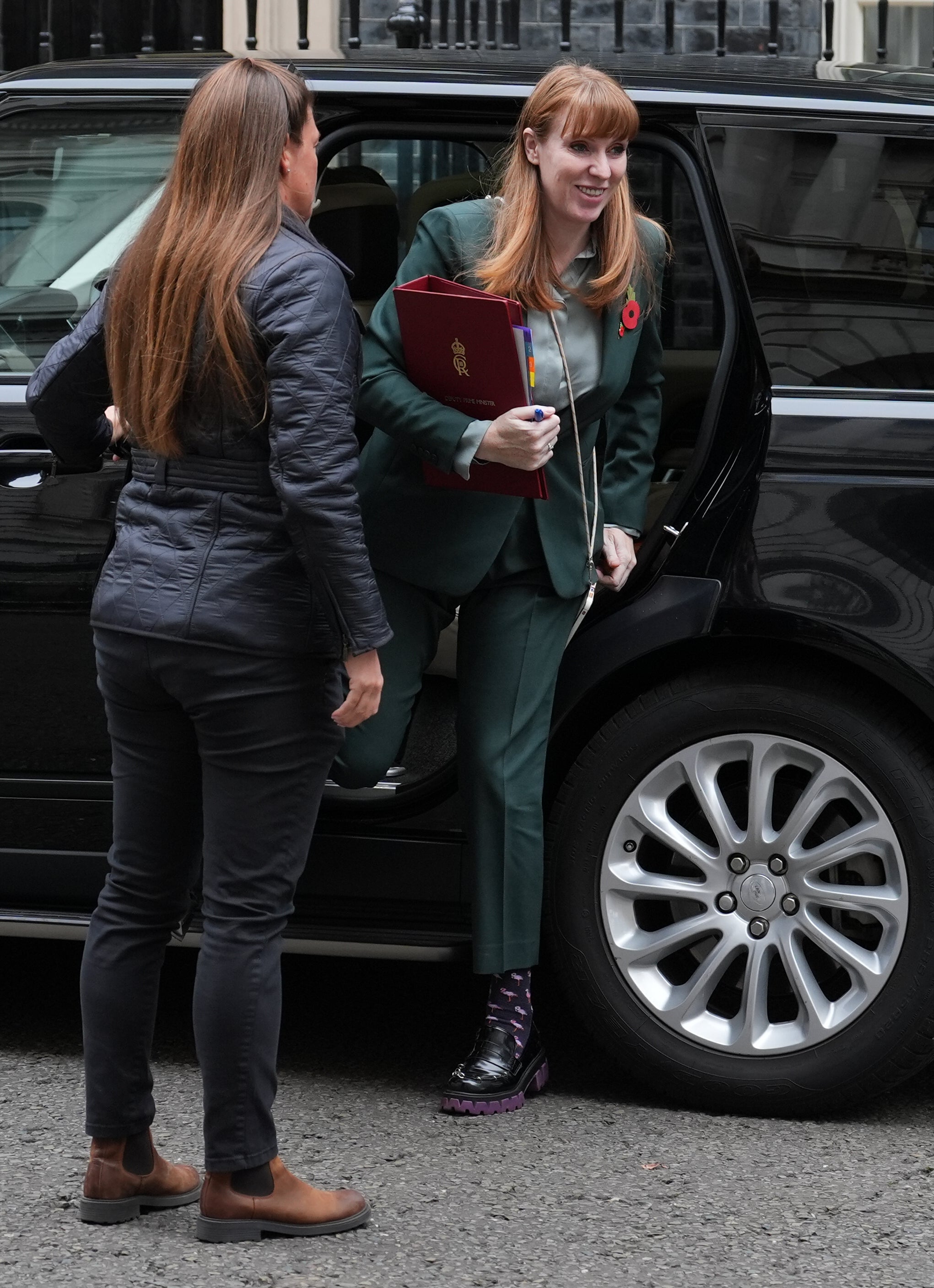Watching Rachel Reeves deliver her Budget, the thing that pulled focus was not the Thatcher-lite pussycat bow of her purple blouse, or the pantomime barracking of the opposition. It was the sea of poppies sweeping through the Commons, one pinned to every lapel.
And, in several cases, two.
In a show of what could be called “poppyflation”, Angela Rayner, Dawn Butler and other notables opted to wear their paper poppy next to another on the same lapel, or coupled with an enamel version. Green Party co-leader Carla Denyer wore hers next to an even bigger white poppy, often taken as a symbol of remembrance for all victims of war, both military and civilian.
Could it be that what was once a simple – powerful – symbol of remembrance for our war dead is in danger of becoming something with which to accessorise an outfit? And does the poppyflation already on show this year mean that, now, anything goes?
From mid-October onwards, one glance at the TV reveals presenters sporting ostentatious poppies, while the Strictly judges often seem to be competing over whose face can be most thoroughly obscured by a vast, fluttering red flower-shaped corsage.

At this time of year, it seems that if you’re in a public-facing role where you can’t afford not to wear a poppy – elected representatives, BBC light entertainment – one way to go is all-out. A few years back, the Swarovski crystal poppy had a moment, with X Factor judges glittering like C-beams in the dark near the Tannhäuser Gate. One year, Nigel Farage was said to have stepped out of line when he wore a poppy pin of purest gold enamelling.
But, with 10 days to go before Remembrance Sunday, the rights and supposed wrongs of poppy-wearing are already at play. A day after he had helped launch this year’s Poppy Appeal, defence secretary John Healey was ticked off by TV viewers who spotted him on Downing Street with a bare lapel (he admitted that he had left his on his other jacket).
The British Legion has caused ructions with its bid for inclusivity by offering an £8 enamel “Progress Pride” poppy badge. Good Morning Britain stirred things up further with a heated debate on whether people who choose not to wear a poppy should be “challenged”.
While plenty feel the red poppy is outdated, that it glorifies the nobility of war and glosses over its visceral horror, ahead of Remembrance Sunday they still sell in field-loads. It is my long-held belief that they attach a useless dressmaking pin so that yours will fall off and you’ll inevitably have to buy another.
An Ipsos survey last year found 79 per cent of Brits still believe it’s important to mark Remembrance Day, though boomers (90 per cent) are far more convinced of this, perhaps due to having direct experience of parents and grandparents who lived through both wars. And while remembering is still popular across all generations, only 34 per cent of Gen Z will wear a poppy. Should we be worried that it is seemingly falling out of fashion?
"How much more evidence does he need...?"@carla_denyer asks Keir Starmer to call what is happening in Gaza a genocide following Israel's decision to ban UNRWA. pic.twitter.com/HpoampeSHe
— The Green Party (@TheGreenParty) October 30, 2024
It’s entirely possible that the frothing insistence on wearing paper flowers from the “love my country, multiple England flag emojis” end of X might be giving the poppy a bad name.
Famously, First World War veteran Harry Leslie Smith refused to wear a poppy at all, and newsreader John Snow resisted what he called “poppy fascism” after calls for him to wear one on TV. Bestselling author Matt Haig has tweeted that the red poppy is becoming “a symbol of war-hungry nationalism”.
It’s not supposed to be. But the endless tub-thumping from people whose only experience of war is a Sunday afternoon film, and pompous debates about which way the leaf should point (to 11 o’clock, apparently – Reeves was one of the few in the Commons who got it right) – have done their bit to devalue the poppy.







